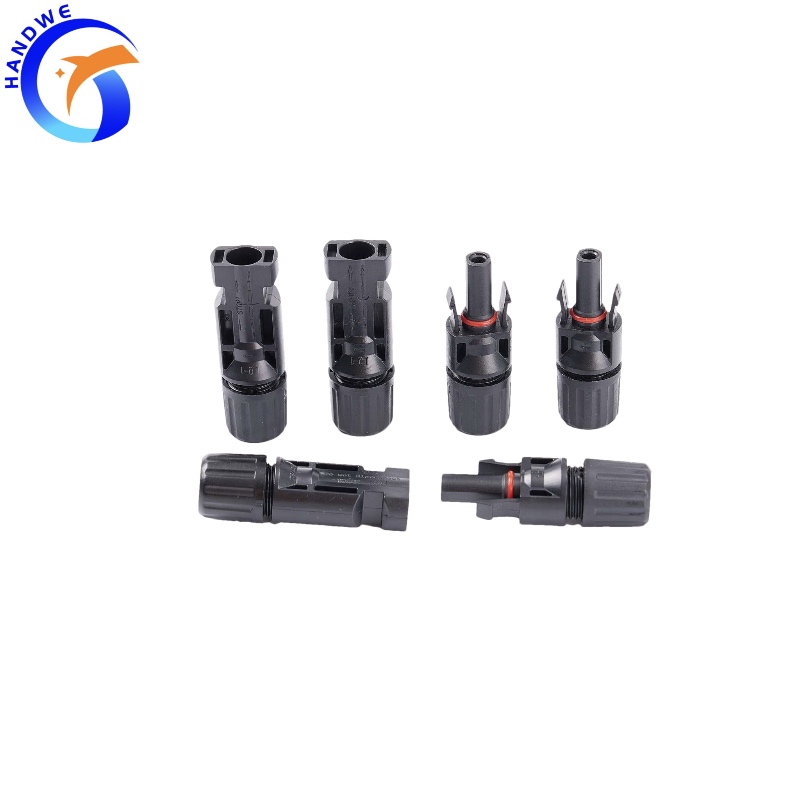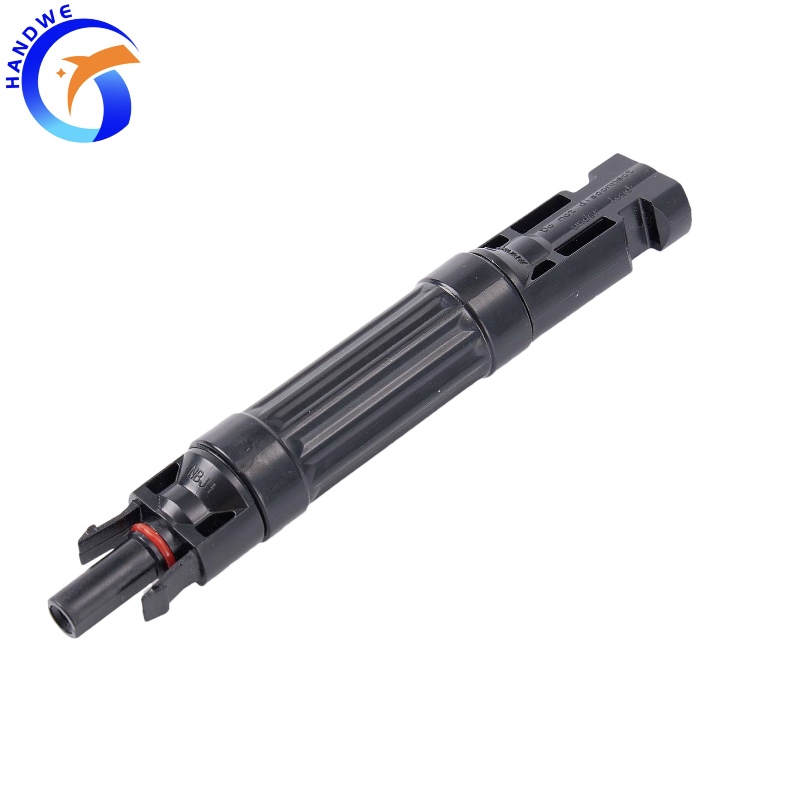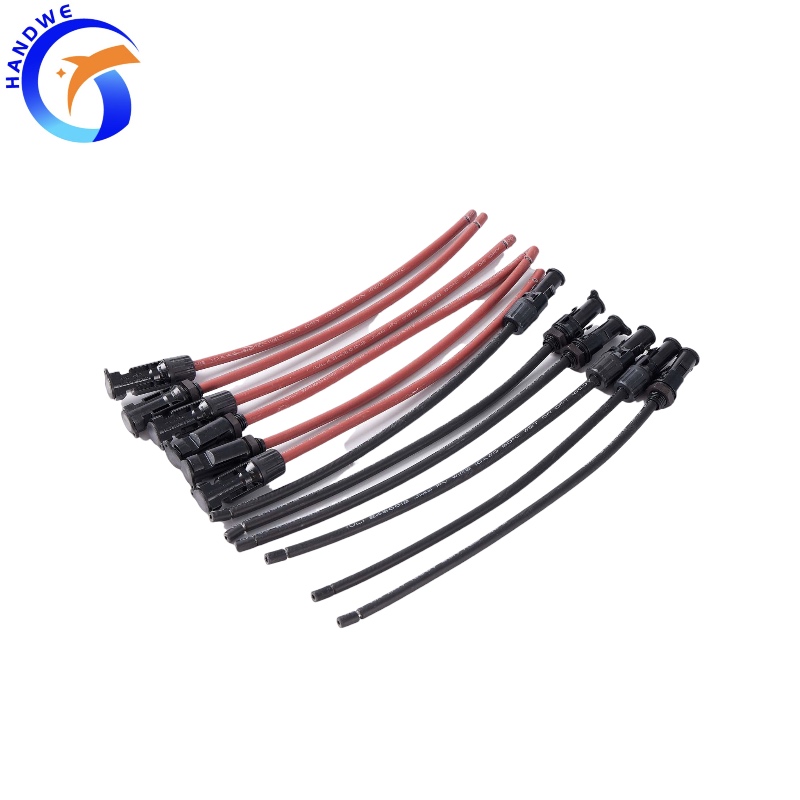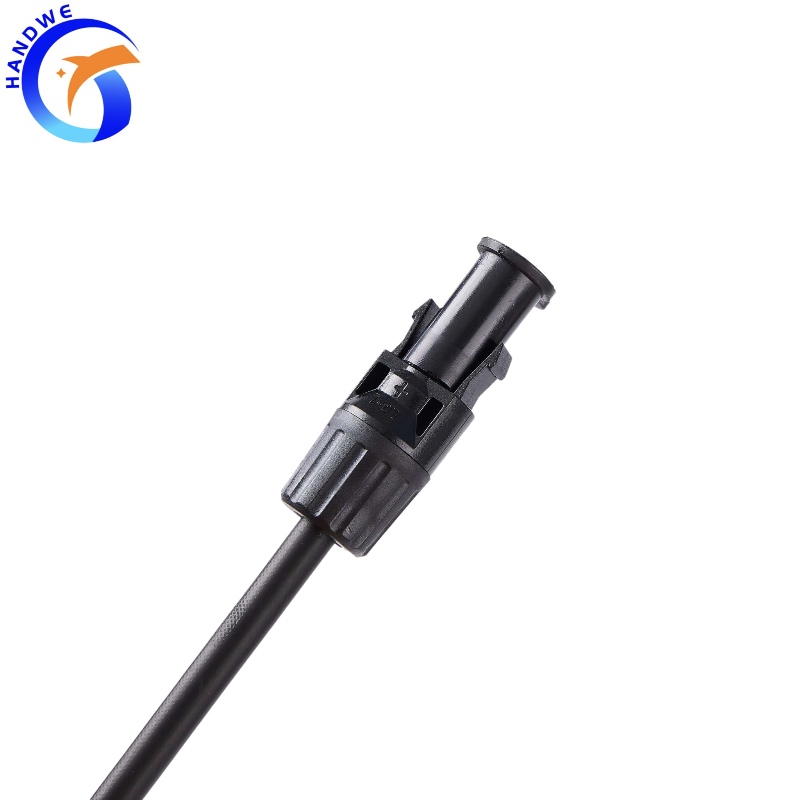What are the differences between aluminum alloy solar cables and copper solar cables, and what are the advantages and disadvantages of each?
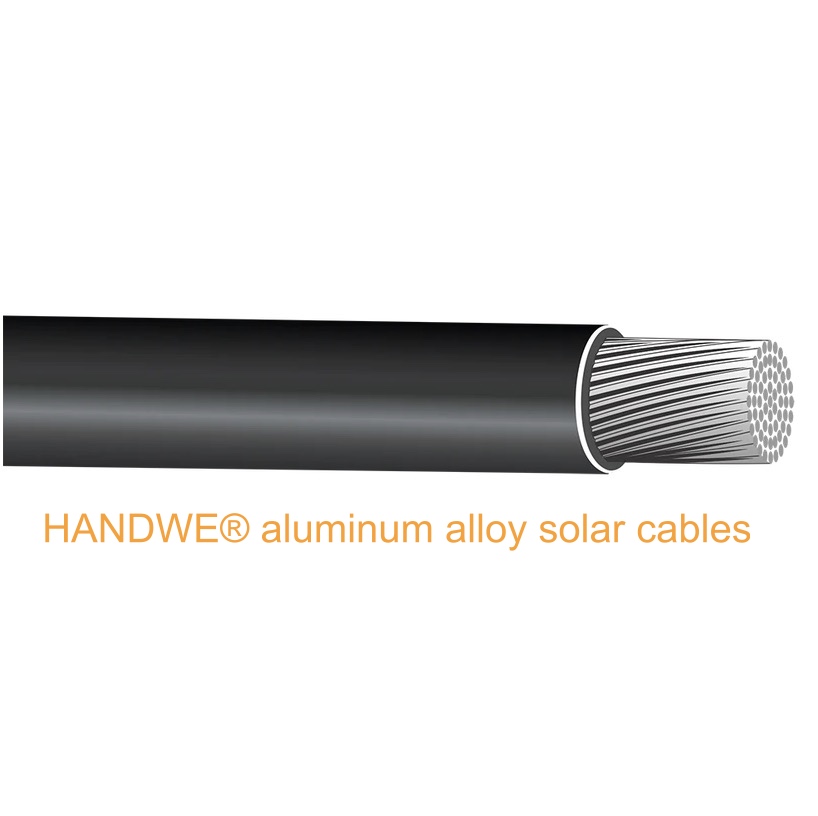
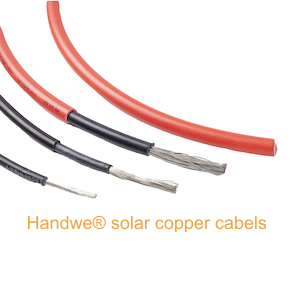
New energy and photovoltaic projects are now an outlet. Photovoltaic power generation, wind power, and photovoltaic power generation have been blessed by policies and market demand has skyrocketed, and related surrounding industries have also ushered in the spring. Today, we will introduce the related issues of photovoltaic aluminum alloy cables and photovoltaic copper cables, hoping to help relevant industry people.
What are aluminum alloy solar cable and copper solar cable?
Solar cables, also known as special cables for photovoltaic, are mainly used in solar power stations. They have the advantages of high temperature resistance, cold resistance, oil resistance, acid and alkali resistance, UV protection, flame retardant and environmental protection, and long service life. They are mainly used in harsh climatic conditions. At present, the practical application of solar copper cables is much larger than that of solar aluminum cables, but with the production and application of new technologies and new materials, the disadvantages of traditional aluminum alloy cables can also be turned into strengths after special treatment through technology. Below we will give a detailed introduction to the electrical performance of solar cables, and talk about their advantages and disadvantages.
What are the differences between aluminum alloy solar cables and copper solar cables?
The first is the cost. The direct purchase cost of copper cables is 20%-30% higher than that of aluminum alloy cables. The second is weight. The total weight of aluminum alloy cables is 25% lighter than that of copper cables, which is more convenient for construction. The last is the service life, copper cable polyethylene has a service life of 30 years, and aluminum alloy cable Dow chemical cross-linked polyethylene can be used for at least 40 years.
Although the physical properties of aluminum alloy cables are slightly less than that of copper cables, they can be reinforced through technology and special treatment, and even better than copper cables. For example, the unit volume ampacity of copper cables (the amount of current passing through when transmitting electrical energy) is relatively stable, at 100%, but aluminum alloy cables can be solved by process technology. When the cross-section of aluminum alloy cables is increased by 1.5 times, The current carrying capacity of the cable is equivalent.
Comparison of the advantages and disadvantages of aluminum alloy solar cables and copper solar cables
Corrosion resistance
The corrosion resistance of copper cables is normal, and the alloy aluminum core cables form a dense oxide film with strong corrosion resistance.
2. Smoking resistance
The smoke-resistance light transmittance of copper core cables is greater than 60%, while the smoke-resistance light transmittance of aluminum alloy cables is greater than 99%, which has significant advantages in fire prevention.
3. Tensile strength and elongation
The tensile strength and elongation of copper cables are relatively normal, while the tensile strength and elongation of aluminum alloy cables are excellent, which is more conducive to construction and laying.
4. Conductivity
The resistance of copper cables is small, which is conducive to transmission and reduces the risk of heat generation, burning and short circuit.
5. Safety performance
The safety performance of copper cables is relatively high, and the safety performance of aluminum cables is also safe. It is also possible to stabilize the material properties and achieve the same safety performance as copper cables through process technology, special aluminum alloy formulations and heat treatment processes.


